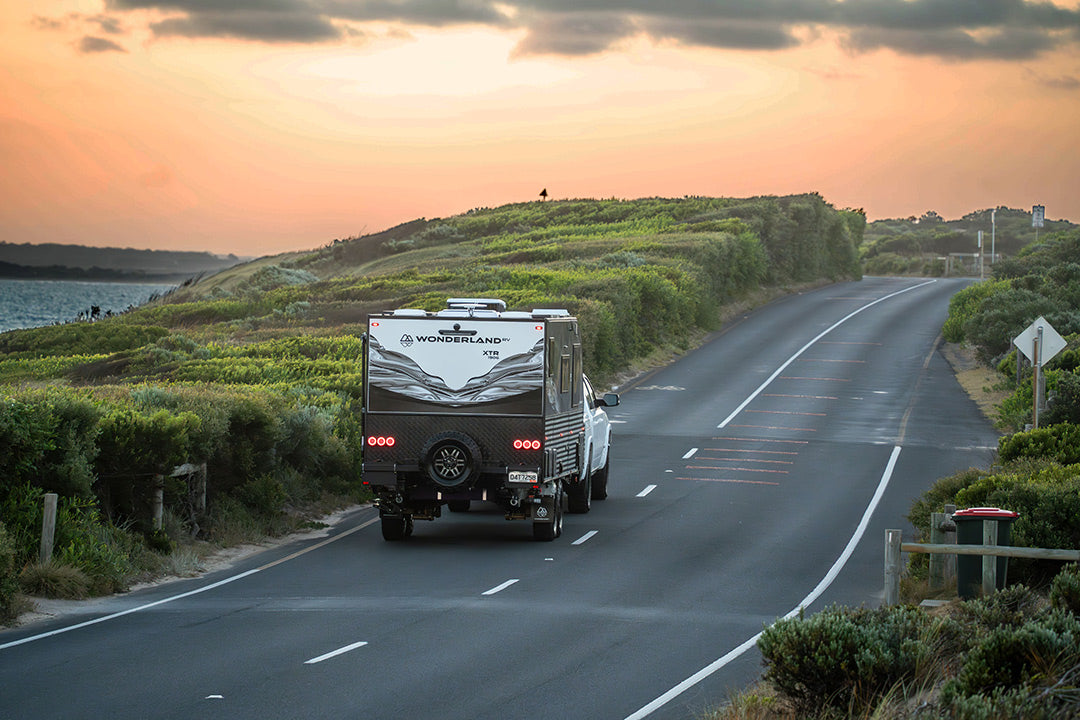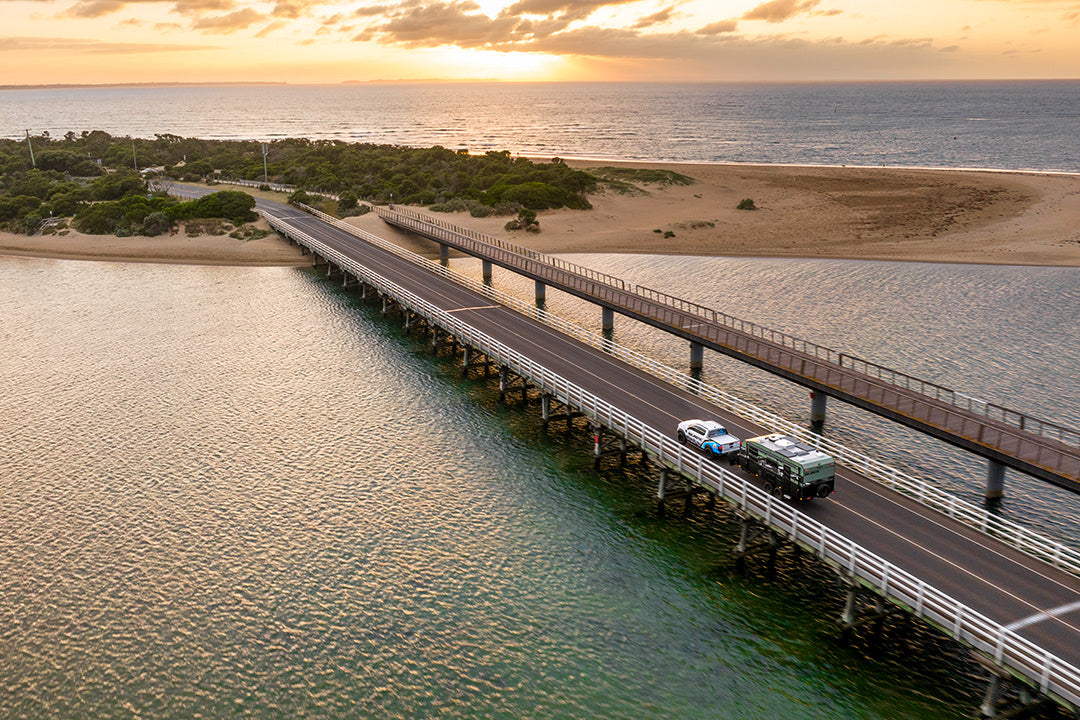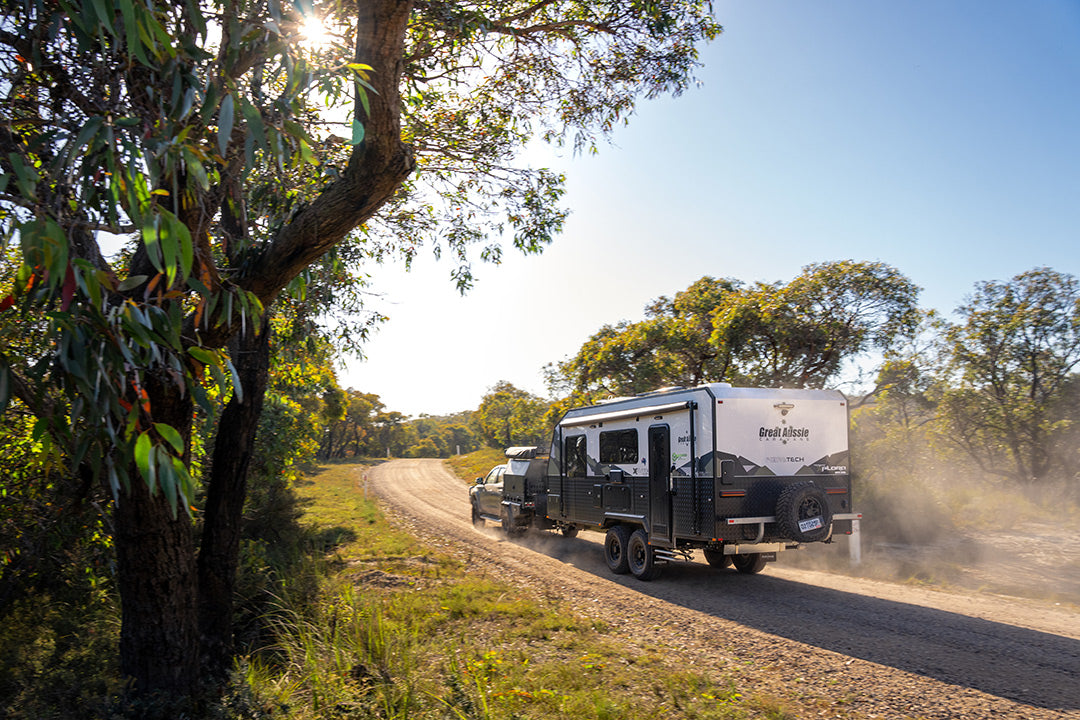Warroora Station

Western Australia’s Ningaloo Coast is a stunning UNESCO World Heritage Area offering exceptional beauty, impressive marine life with the rarely-sighted whale shark and stunning landscapes.
One property that sits proudly along this coastline is Warroora Station, and it is a perfect example of how a spectacular wilderness experience can be sustained for travellers.
With Coral Bay less than an hour away, Warroora Station is the perfect place to base yourself to explore this area. From here you can take day trips and enjoy all the tourist options such as Manta Ray Cruises and Quad Bike Adventures in Coral Bay.
You could even head in for dinner at one of the pubs or cafes.
Warroora Station is also one of the cheapest places to stay in the region and, although there are some catered accommodation options, it is perfect for those who are equipped to stay off grid.
GETTING THERE
There are two ways to access Warroora Station (pronounced “Warra”) from the Minilya—Exmouth Road. The first is 15km south of the Coral Bay Road and where you turn if you’re heading to the 14-Mile Camp. The second is a further 36km south along the Warroora East Road and just before the Lyndon River West rest area. This road used to be part of the main track from Minilya to Exmouth and the Warroora Homestead was a roadhouse service station.
If you’re driving a 2WD and/or towing an on-road caravan, motorhome or bus, the 14-Mile Camp is for you. Caretakers Lesley and Roscoe will look after you and direct you to the best campsite for your setup.
This is a popular camp and be warned, you might fall into the same trap as many road trippers. You intend to stay a couple of days and it turns into a couple of weeks or more, the place is that good. There was even a coffee van when I was there!
For those who drive a 4WD and tow something that eats up offroad driving and beach sand with ease, there are even more campsite options. But first, you must go and say “hi” to Harry at the Homestead shop. If you’re staying in one of the accommodation options, this is where you’ll check in. There are no EFTPOS or card facilities on the property though, so you will need to carry cash. You can also buy ice-creams and drinks at the shop.
Now Harry is an amazing character. Originally from Sweden, he arrived on Aussie shores in the 1960s. Settling in Carnarvon, Harry worked as a fencer on properties up and down the Ningaloo Coast. These days he arrives at the start of the school holidays and looks after the Homestead office. While a lack of mobility restricts his movements, Harry is full of life and happy for a chat.
OCEANFRONT LIVING
There are numerous coastal campsites hidden within Warroora Station that include Sandy Point, Maggies, Elle’s Beach, Stevens Surf Break, Black Moon Cliff and The Lagoon. Once you’ve decided on which beach you’re going to camp, you get a key to open the gate.
There are no facilities at any of the camps, including 14-Mile, so you must bring everything you need, including a chemical toilet. The Porta-Potti Policy is simple: supply your own and if you don’t own one, you must rent one. There are designated dump points at 14-Mile, the Homestead and at The Lagoon, and if you rent it, you must clean it.
Fires are permitted in the barrels provided and firewood must be brought in from off the station or purchased from the Homestead or 14-Mile. Ashes are not to be spread on the beach sand as it pollutes the natural environment.
Any rubbish you accumulate can be disposed of at the tip, including cans that are recycled, with all money raised going to the Royal Flying Doctor Service. Cans are preferred to glass bottles as there is no way to recycle them in the area, so you must take it with you when you leave.
Dogs are also welcome but be aware and keep them on a leash as poison 1080 baits have been spread around the property to try and tackle a major problem with wild dogs attacking their stock. They’ve had to transition from sheep to cattle, having lost so many lambs to this rampant issue and the goats that used to add to the property’s income have been decimated. The issue isn’t as severe with the cattle, but there are still loses with currently 700 or so drought master breeders in the herd.
CHEAP AS CHIPS
Now, you would expect that the cost to camp so close to the Ningaloo Coast would be excessive, but Warroora only charges $10 per adult per day or a mere $50 per week and children under 16 are free! It is certainly affordable for most folks and one of the cheapest stays along the Ningaloo Coast.
As you close into the coastline, the excitement rises, as it always does when approaching the water. You climb that final dune and there it is, the Indian Ocean stretching beyond the horizon. The coastline is still part of the Ningaloo Marine Park so remember to leave only footprints and take only photos.
As a kid, I was lucky enough to spend most of my school holidays down at Apollo Bay in Victoria. My grandparents had built a house across the road from the beach and falling asleep to the sound of waves crashing was something I relished. I felt the same when I stayed at Warroora Station.
RESPECTING TRADITIONS
The Baiyungu people consider Warroora Station to be an important part of their cultural heritage and there is currently a joint treaty between Warroora and Baiyungu people to share in the responsibility for the management of the land to protect it for future use by the Baiyungu people.
This may occur soon as the West Australian Government and the Baiyungu people are looking at taking over managing sections of the Ningaloo coast for pastoral, conservation and tourism operations.
Leonie McLeod purchased the lease in 1994 for her sons Martin and Murray Horak. Warroora Station is now home to Martin and his wife Muriel and kids Sasha, Eva and Nolan. They consider themselves the custodians of the land and pride themselves on looking after it. The sheep are gone, but the shearing shed remains and it is now a very popular wedding destination.
The Homestead, cottages and shearers quarters are now all accommodation options, so if sleeping on a sandy beach is not a preference, these options will cater to your needs. If you do decide to stay in any of these options, you do get to enjoy hot showers and flushing toilets.
With the property relying on renewable energy sources (solar and wind) to keep it going, it is helpful to limit your electricity usage. This is also the reason why there is no air-conditioning in any of the accommodation.
I decided to check out the Shearers Cottage and enjoyed the rustic charms. A couple of singles beds graced my room and the kitchen was equipped with everything I needed to cook for 40 people. Thankfully, I only had to cook for me, although I did share the space with Harry.
Each night we would sit around the fire pit and I would listen intently as Harry told stories about his life while enjoying a can of beer and a cigarette or two.
WHALE OF A TIME
Many who visit Warroora are there for the fishing. With the Ningaloo reef so close, the fishing is fantastic either from the shore, the rocks or a tinnie.
The property operates as a ‘wilderness fishing ethos’ and is dedicated to ensuring the long-term sustainability of the local fish, so catches are limited to 5kg.
But that is not all: you can also enjoy surfing, snorkelling, whale watching and plenty of time relaxing.
Martin suggested that the best waves to surf are at The Lagoon while Stevens Surf Break is perfect for an early morning paddle board. Maggies is the best place for a swim or a snorkel and shovelnose sharks can be spotted at Pelican Point. Sunsets are spectacular, especially at Black Moon Cliff and the million-starlit night sky is unforgettable.
A variety of migratory whales, whale sharks and manta rays cruise the coast, and more than 300 species of coral thrive in the warm waters of the Leeuwin Current that flows south to Tasmania. Ningaloo also supports more than 1000 fish species and three species of turtle. All of these can be spotted along the Warroora coastline.
Martin told me how he spotted a great white shark gorging on a whale’s carcass — not something you would expect to see every day! But then did you know that orcas visit the Ningaloo Reef regularly?
Another piece of information that few people realise is that the Tropic of Capricorn reaches the Indian Ocean on Warroora Station. While the position is not signposted and access to that area of the property is restricted, at least you now know the answer for that trivia question.
On my final night, I enjoyed the hospitality of Marty and his family and friends at Black Moon Cliff, watching the sun go down while eating fresh sushi from the day’s catch.
It just topped off an amazing time spent at Warroora Station, a great destination practising sustainability as an eco-friendly wilderness experience on the exceptional Ningaloo Coast.






